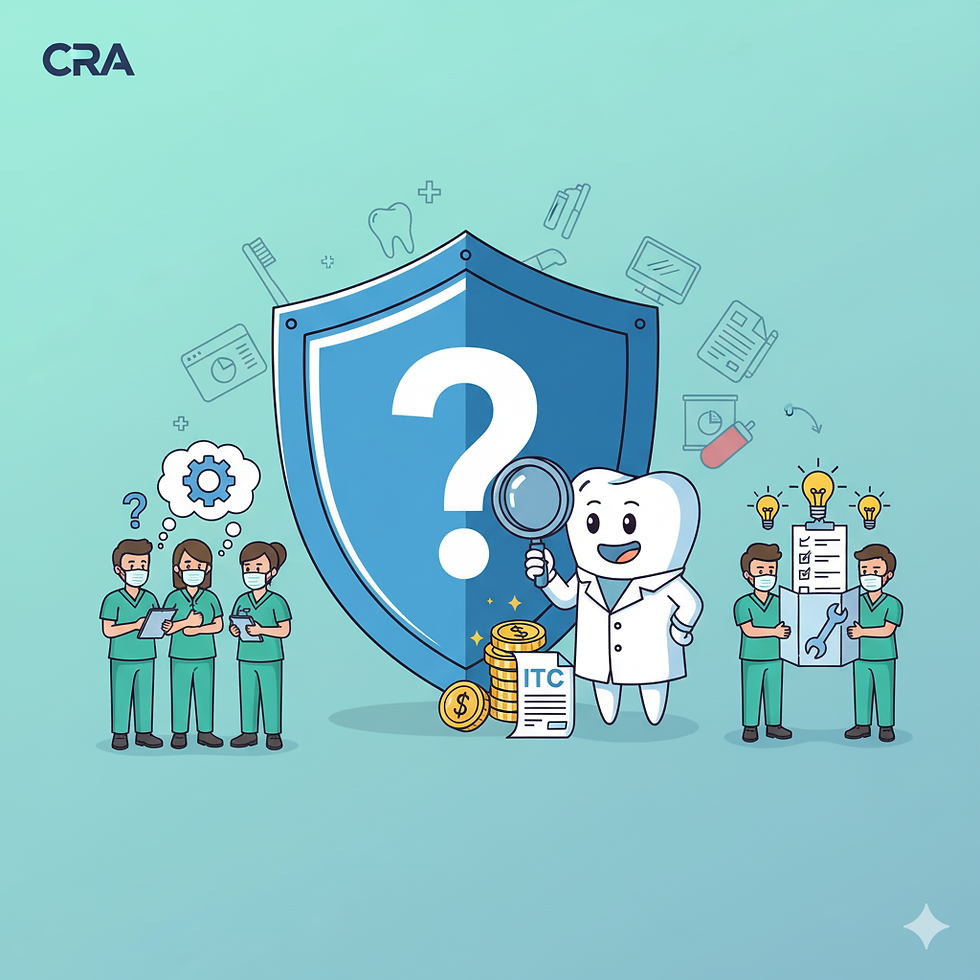Shareholder Loans – A Plain-Language Guide for Owner-Managers
- Xponents CPA
- Aug 5
- 2 min read

Shareholder loans can be a convenient way to draw cash from your corporation without calling it salary or dividends. The Canada Revenue Agency (CRA) recently updated its guidance, and some long-standing “short cuts” now carry more risk. Here is what you need to know, stripped of legal jargon.
1. When is a loan really a shareholder loan?
A loan is treated as a shareholder loan when you receive money mainly because you are a shareholder, not because you are an employee. CRA looks at practical facts, not bookkeeping labels. If the company would have offered the same loan, on the same terms, to any other employee in your position, it is probably safe. If the loan was bigger, cheaper, or less secure than what ordinary employees could get, CRA will treat it as a shareholder loan and the tax rules below apply.
2. The “next-year” repayment rule
To avoid paying personal tax on the full amount you borrowed, you must repay the loan no later than the end of the corporation’s next fiscal year. Example: if your company’s year-end is 31 December 2025 and you take a loan on 15 May 2025, it must be paid back by 31 December 2026.
Two cautions:
Keep written evidence of the repayment, such as a bank transfer or journal entry.
Paying interest alone does not stop the clock; the principal must be cleared.
3. Beware of “round-tripping”
Simply repaying a loan right before the deadline and taking out another one shortly after will not work. CRA calls this a “series of loans”. To break the series you need to show that new funds came from an independent source and served a genuine business purpose, not just a temporary fix to reset the deadline.
4. Third-party loans can count too
If a bank or other lender advances funds to you and the corporation guarantees the loan or pledges assets, CRA can still treat it as a shareholder loan under the “back-to-back” rules. Even if the money never touched the corporate bank account, the tax consequences follow if the company was effectively the real source of financing.
5. Interest must match or beat CRA’s prescribed rate
When you borrow from the company, charge yourself interest at least equal to CRA’s quarterly prescribed rate and pay it within 30 days after year-end. Otherwise CRA will add a “deemed interest benefit” to your personal income for the shortfall.
6. Fixing past returns
If you reported a loan as income but later proved it was repaid on time, amend that tax year to remove the income and include any interest benefit instead. Conversely, if you expected to repay but didn’t, amend your return to include the loan in income. Getting ahead of CRA with a voluntary adjustment is cheaper than waiting for a reassessment.
7. A practical checklist
Put every advance in writing with formal repayment terms.
Charge and pay interest



Comments